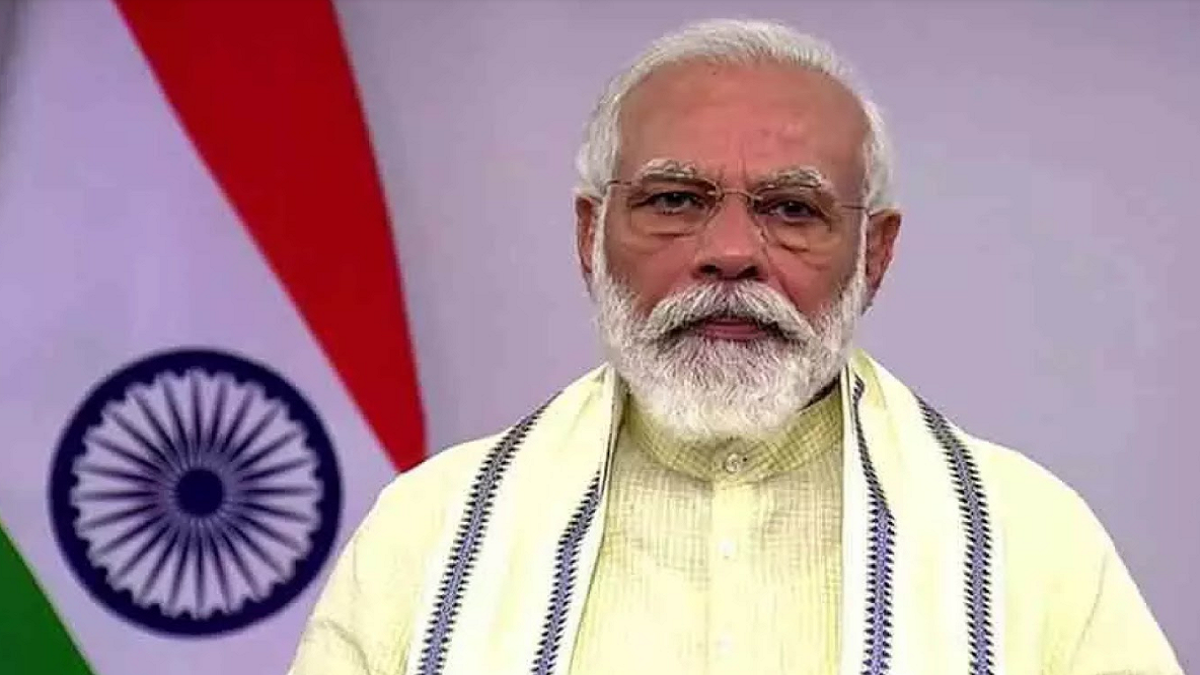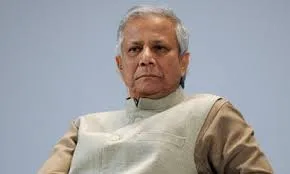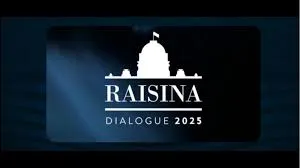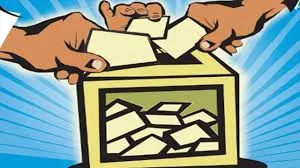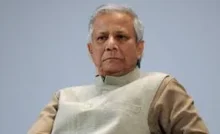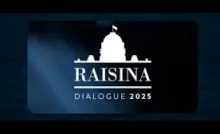Much noise over the spike in the prices of petrol and diesel is being made in the country. However, it is all in the wrong direction due to the lack of correct comprehension of and deliberation on the issue.
While critics have plunged into accusing the government of mishandling the situation of crude oil economics, their claims come without a proper understanding of basic economics and the pattern of fiscal discipline adopted by the Government of India to efficiently tackle the issue.
It is important for us to understand that, in India, crude oil has been kept outside the purview of GST for the sole reason of keeping it as a tool for the balancing act in revenue collection. Whatever shortfalls the government faces for any reason, they are recovered out of these prices. If this has to be decoded further, it is imperative for the critics to understand that Indian oil companies acknowledge and practise the concept of trade parity pricing.
This consists of import parity price and export parity price, which amounts to 80% and 20%, respectively, through which the shortfall in domestic cess is accomplished to maintain the correct fiscal discipline. This is an appreciated practice across the globe.
With the concept of dynamic fuel pricing in practice in India, price fluctuations in the prices of petrol and diesel are directly proportional to the market prices. However, if questions about the possibility of having lower fuel prices in India, at a time when they are comparatively lower internationally too, have to be answered, then it needs to be done keeping every detailed aspect in mind, instead of creating an incomprehensible cacophony.
There was a tremendous decline in oil consumption in this country as well as in the Gulf countries and other parts of the world because of the lockdown imposed to tackle Covid-19, resulting in a reduced production of oil. Now, with the world currently in a post-lockdown phase, the demand for oil has gone up again. However, production so far has not been enough to cope up with the rising demand, the consequence of which has been the increase in fuel prices.
As a solution to the problem, the Government of India has recently announced that a crude oil production target of 5 lakh barrels per day will be achieved shortly, following which, prices will stabilise again.
In the given scenario, many critics have been comparing the domestic oil prices to countries like Pakistan and Sri Lanka. This is unreasonable. The size of the Indian economy, currently at $3 trillion, can be compared directly to the likes of the UK and Hong Kong. After domestic conversion, the approximate prices of petrol in the UK will amount to Rs 125 per litre, while in India, it’s not close to a three-digit figure. Similarly, in countries like Hong Kong and the Netherlands, the prices are way past Rs 150, while in countries like Saudi Arabia and the UAE, which make up the epicentre of oil production, the prices vary between Rs 40 and Rs 50, after domestic conversion.
We have to understand that there is a reason why countries like Saudi Arabia and the UAE don’t sell petrol for free, despite being at the core of oil production. It is because every country has an adapted particular revenue construct, which defines the pattern of crude oil pricing. If a particular country sells petrol at a cheaper rate, then the same country has to sell some other commodity at a higher price to match its required revenue.
In India, the total crude oil requirement is 83%, which is imported, and hence, to a large extent, dependency on international aspects for domestic markets is necessary. Post-2014, international crude oil prices registered a steep decline, which could have resulted in prices going down in our domestic markets as well. However, the situation was different and quite justified as Prime Minister Narendra Modi, through his efficient model of fiscal discipline, ensured overall development.
If the situation has to be understood in the simplest form, it can be explained as: if an individual receives a bonanza, it can either be spent in one day, focusing on short-term benefits, or it can be spent in a disciplined manner, ensuring long-term gains. This was the case in 2014, where Prime Minister Narendra Modi chose to focus on long-term benefits out of the international decline in prices of crude oil.
While the prices were down, the government did pass on benefits to the citizens, however, partially. Prime Minister Modi used that opportunity towards repaying the outstanding oil bonds worth Rs 3 lakh crore and focused on boosting infrastructure in a massive way. Besides, significant oil reserves were also created to boost defence requirements, and at the same time, to ensure a domestic supply of oil.
For the last six years, the Modi government has not increased direct taxes. On the contrary, the government has granted certain slabs in it, despite which, there is an enhancement in the exchequer. Average indirect tax was brought down to 18% from 23%, which had a cascading effect, clearly indicating that the honest have been rewarded.
It is important for us to understand that under the leadership of Prime Minister Narendra Modi, the oil economy of the country has become far more buoyant. It is needless to mention that India’s dependence on oil imports is likely to witness a major fall owing to the focused push on gasification and solar energy as well as the electrification of the automobile industry.
Within the last six years, our economy has risen by $1 trillion. This is a result of calculated efforts, but without enhancing tax rates. The Government of India has been instrumental in ensuring overall development in all aspects with reforms in the financial, banking and agriculture sectors.
If the rising graph of the country has to be reviewed, it is nothing other than Prime Minister Narendra Modi’s vision which has to be credited. As far as the oil economy is concerned, India›s pledge to reduce the oil burden and gradually move from an oil economy to gas, electric and solar economy is certainly the way ahead.
Combined with the dynamism of Prime Minister Modi and his fiscal discipline, India, in the near future, is bound to balance its reliance on international markets for its oil needs with its aggressive pursuit of a $5 trillion economy.
The writer is media head, BJP Maharashtra. The views expressed are personal.
In India, the total crude oil requirement is 83%, which is imported, and hence, to a large extent, dependency on international aspects for domestic markets is necessary. Post-2014, international crude oil prices registered a steep decline, which could have resulted in prices going down in our domestic markets as well. However, the situation was different and quite justified as Prime Minister Narendra Modi, through his efficient model of fiscal discipline, ensured overall development.


